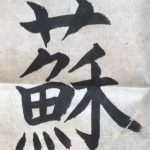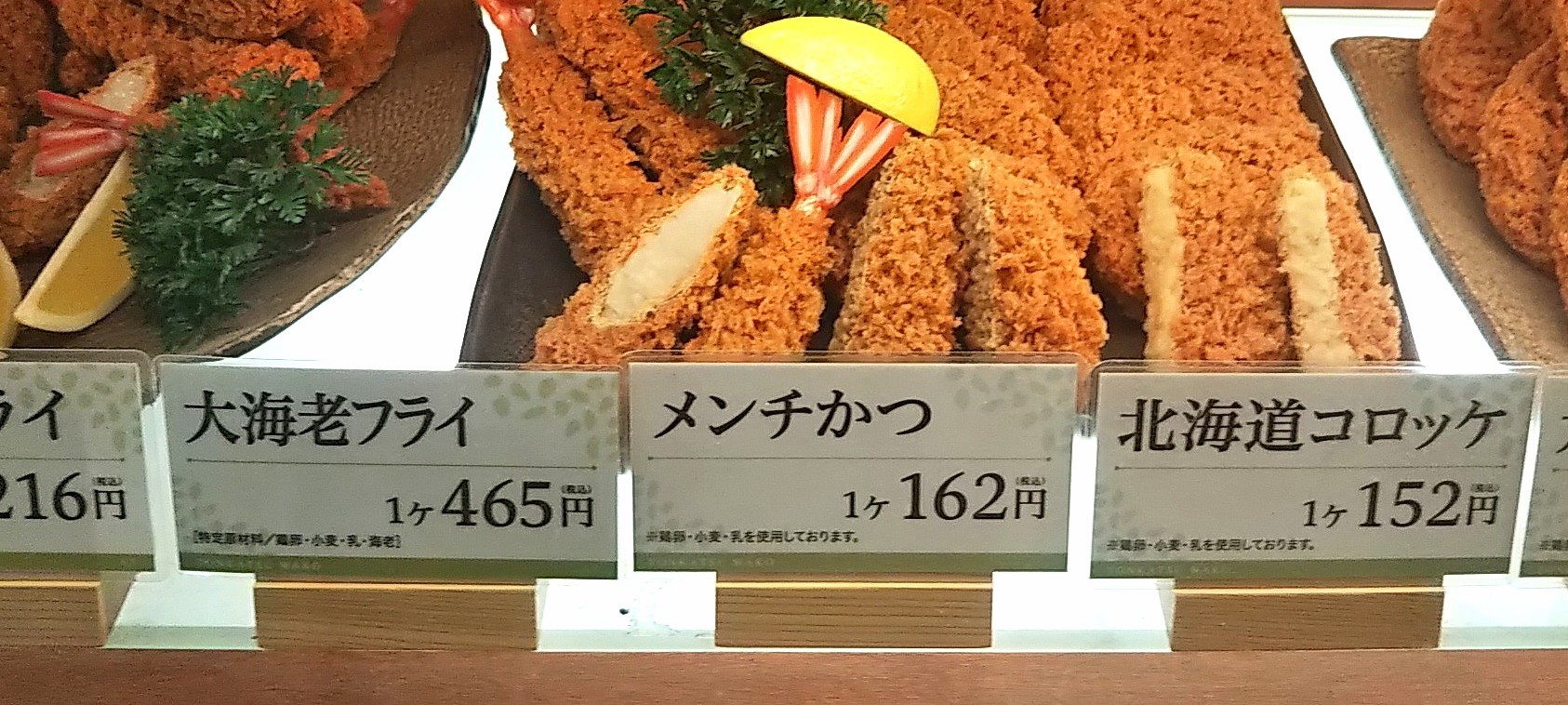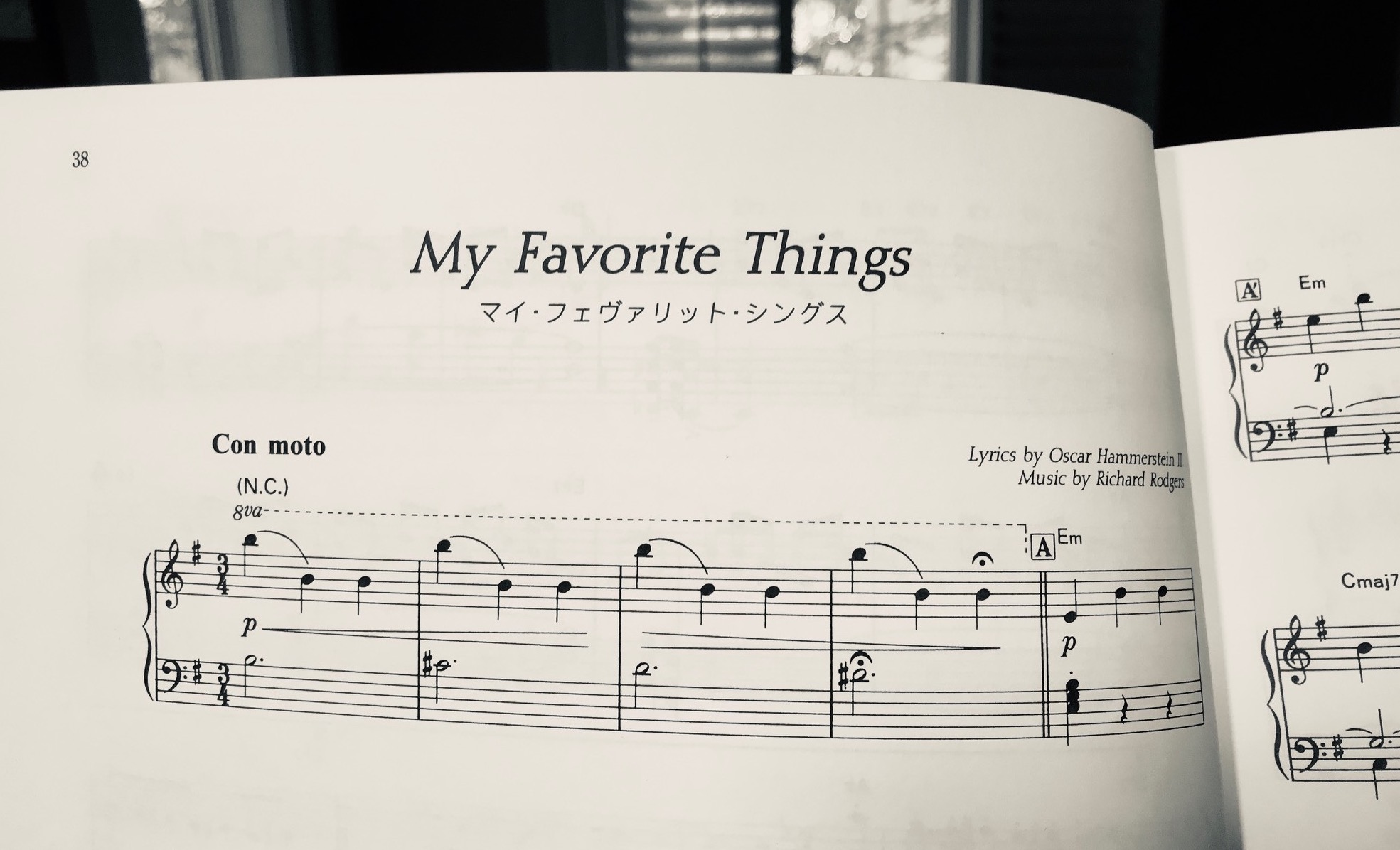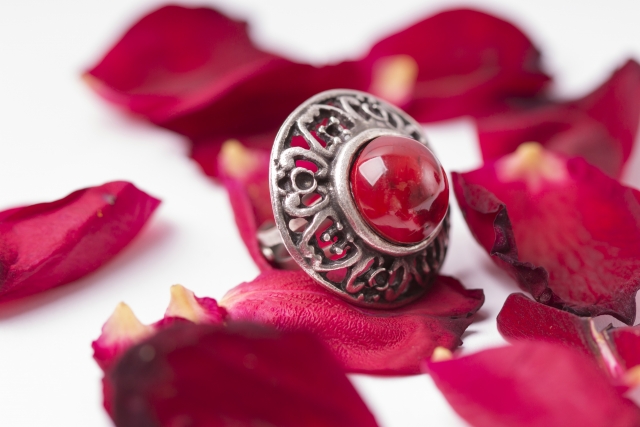フリガナ付き和文はこのページの最後にあります。/ The Japanese translation is at the bottom of this page and has furigana on all Chinese characters.
Chinese Character “蘇” and a Fish at Lunch
Contents
- How many Chinese characters do we know?
- Many Chinese characters are combinations of smaller parts
- On a visit at lunchtime
- Chinese character “蘇” and a fish at lunch
- We verified the Information in the dictionary
*************************************
1. How many Chinese characters do we know?
How many kanji (Chinese characters) do you know?
I once passed a test to “certify” I knew three thousand, but I doubt if I remember all of them now. Reading may still be OK, but my writing…
These days, I depend so much on the computer in writing, that sometimes I can’t remember a part of a kanji during my teaching. It’s frustrating, let alone embarrassing.
Still kanji is fascinating. They are the products of people’s strong desire to express everything in the universe in a square space, and the imagination and insights put in creating each is very impressive.
They say that there are about six thousand kanji, and up to about three thousands are in use in Chinese speaking societies today.
In Japanese, about two thousand are reportedly used in everyday life, but we doubt if the number has not decreased in these couple of decades.
2. Many Chinese characters are combinations of smaller parts
Many of them are combinations of simpler characters or shapes.
As for the reasons why they chose some characters or shapes to form a particular kanji, I may know some; for example, they put 女 “onna or woman” and 子 “ko or child) side by side to express 好き (suki or like, be fond). But I don’t know many.
In the olden days, there were a lot of people who studied the classics in Chinese literature and were well versed in Chinese characters and their components. Here is an interesting story about them.
3. On a visit at lunchtime
Rai San’yoo (頼山陽or らいさんよう), a famous Confucianist in the Edo Era, had a friend called Bunkichi (文吉 or ぶんきち). He was also a Confucianist and a self-professed man of refined taste and manners.
One day, Bunkichi casually visited a wealthy friend. He found Rai San’yoo had been invited to lunch at that home. So he asked the host if he could join. Although he didn’t have a lunch appointment, the man kindly concurred and Bunkichi went in and sat at the table next to his pal.
4. Chinese character “蘇” and a fish at lunch
The lunch was served and Bunkichi found something he didn’t appreciate. His friend’s fish was much bigger, but it was natural since they hadn’t expected Bunkichi.
He didn’t say anything then and there, and began a conversation with Rai San’yoo.
He said:
“By the way, as for the Chinese character “so” as in “姑蘇城外” (See Note 1), how would you write it? Was the “fish 魚” part on the right or left?”
His friend naturally knew the answer, and carelessly said,
“That doesn’t matter. It can be on either side.
“Hmm, I wonder.”
Bunkichi, with an unconvinced air, wrote the character with his finger on the tatami mat they were sitting on with his finger.
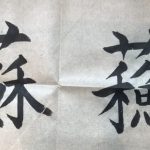
“Really? Would it be the same if the fish was on the right side or left side?”
“Of course. Why are you so interested in that?”
“…Because I wanted to do this!”
No sooner than he said it, Bunkichi quickly exchanged their fish on the table.
“Oh, you’ve got me there.”
His friend hadn’t touched the fish, and so had to let go of it and laugh.
The moral of this story: When you’re served a nice piece of fish, take a bite immediately. (Note 2)
5. We verified the Chinese character in the Dictionary
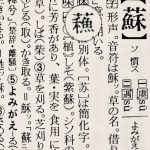
We learned this Chinese character at school, too. It is a complicated one but was memorable because of the unusual location of the nogi (禾-shaped component).
Usually the nogi appears on the left of a Chinese character, as in 秋, 萩, 秒, 稲, 穂, and so on. Therefore, we memorized 蘇 as the exceptional character with it on the right.
We had never seen it on the left.
This story told us that there is a variation of the character with the nogi on the left. We confirmed it in our dictionary. We can’t produce the variation character on our computer so we asked someone to write it.
They were enjoying life with their knowledge.
Note 1: This is a line from Huukyoo Yahaku or楓橋夜泊, a famous 8th century poem by Chookei 張継 in the Tang Dynasty China
Note 2: This story was introduced in “Cha-Banashi茶話”, an anthology of essays by Susukida Kyuukin 薄田泣菫
External Link
[End of the English post]
「蘇」の字と昼食の魚
目次
- 漢字をいくつ知っていますか?
- 多くの漢字は、小さなパーツの組み合わせ
- お昼時の訪問
- 「蘇」の字と昼食の魚
- 辞書で確かめたら
********************************************
1. 漢字をいくつ知っていますか?
漢字をいくつ知っていますか?
私は約三千字知っている「証明」になるというテストを受けたことがありますが、今すべて覚えているとは思えません。読みはともかく、書きはちょっと……
このごろコンピューターでばかり書いているので、教えていても漢字の一部分を思い出せなかったりします。もどかしいものです。恥ずかしいのはもちろんです。
それでも漢字は面白い。漢字は、宇宙のすべてを四角いスペースの中で表してやろうという、人々の強い意志の産物です。それぞれの漢字を生み出すのに費やされた想像力と洞察には、感心するばかりです。
漢字には六千字ほどあって、そのうち三千ぐらいまでは現代の中国語社会で使われているそうです。
日本語では、日常生活で二千字ほど使われていると言われますが、この20年ほどで減ったのではないかなと思います。
2. 多くの漢字は、小さなパーツの組み合わせ
漢字の多くは、より単純な字や形の組み合わせでできています。なぜある漢字を構成する字や形が選ばれたのかについて、私にも少しはわかりますが(「女」と「子」を合わせると「好き」の字になる、など)、でも、知らないもののほうが多い。
昔は、中国の古典を学んでいて、漢字やその構成要素について博識な人々がたくさんいました。これは、そんな人たちの楽しい話です。
3. お昼時の訪問
江戸時代の儒学者頼山陽の友人に、これも儒学者で自称粋人の文吉という男がおりました。
ある日文吉は、裕福な友人の家にふらりと遊びに行きました。すると、頼山陽が昼食に招かれています。文吉は主人に、自分も一緒にご馳走になりたいと頼みました。約束はなかったけれど、主人は快く承知し、文吉は上がりこんで、友人の隣に座りました。
4. 「蘇」の字と昼食の魚
料理が来ると、文吉は友人の魚の方がずっと大きいことに気付き、面白からず思いました。でも、自分は予定されていなかった客だから、仕方ないのです。
文吉は、その場では何も言わず、頼山陽とこんなおしゃべりを始めました。
「ねえ、ところで、姑蘇城外 (注1) の蘇って、どう書くんだっけ。魚が左に来るのかな、右に来るのかな」
頼山陽はもちろん答えを知っていますから、何の気なしに、
「さあ、あれはどっちでもいいんだよ」
と答えました。
「うーん、そうかなあ。」
文吉は疑わしげに、二人が座っている畳の上に指で字を書いてみました。
「本当? 右に来ても左に来てもいいの?」
「本当だよ。どうしてそんなに知りたいの」
「こうしたかったからだよーん」
言うが早いか、文吉はすばやく友人と自分の魚を取り換えてしまいました。
「やられた!」
頼山陽はまだ箸をつけていなかったので、笑ってあきらめるしかありませんでしたとさ。
教訓: ご馳走が出たらすぐに箸を付けること。(注2)
5. 辞書で確かめました
「蘇」の漢字は、学校で習いました。 複雑な字ですが、「のぎ(禾)」の位置が珍しかったので覚えやすかった。
普通、「のぎ」は左にあります。秋、萩、秒、稲、穂など、そういう字はたくさんあります。それで、「蘇」だけはのぎが右にくるのだと覚えたのです。
左にあるものは見たことがありませんでした。
この話で、私たちは「蘇」に異体字があるということを初めて知りました。辞書でも確認できました。私たちのコンピューターで異体字の方を出すことができないので、人に頼んで下のように書いてもらいました。
この人たちは、そんな知識で人生を楽しんでいたんですね。
注1 唐代の人張継の有名な詩「楓橋夜泊」の一節
注2 岩波文庫薄田泣菫著『茶話』より
External Link / 外部リンク
- 英文部末尾をご参照ください。
